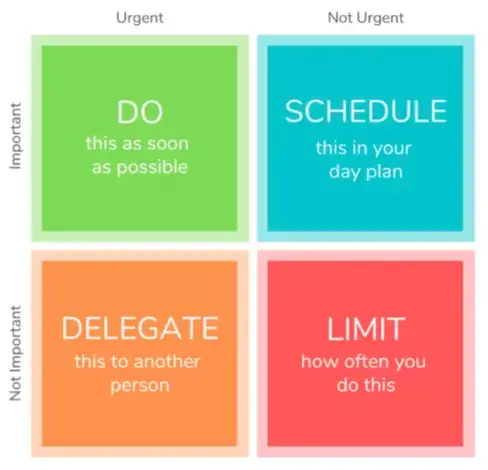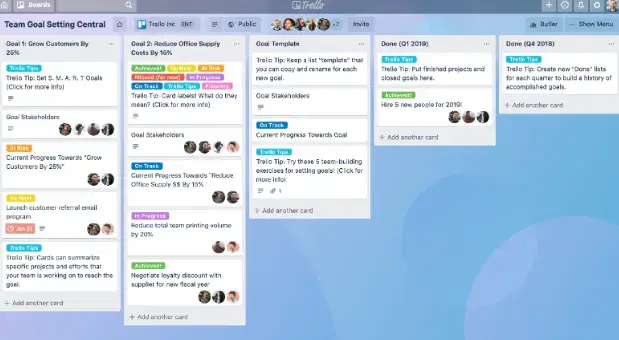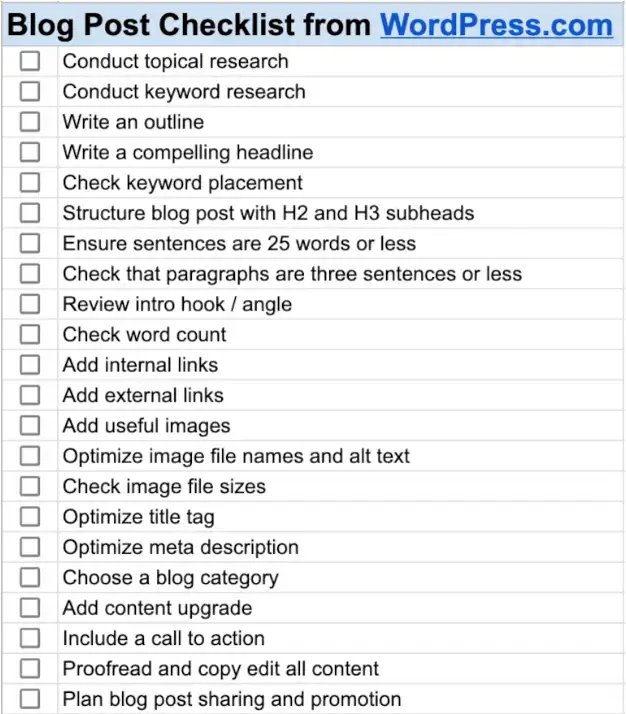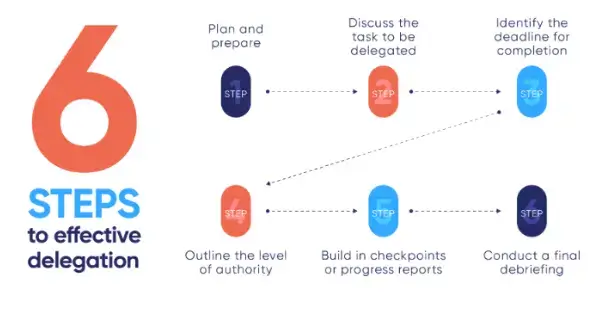Efficient task management is crucial to ensure everything gets done in an organized manner without sacrificing quality or creativity.
With so many things to do, it's easy to lose sight of your objectives. However, you can stay on top with the right strategies and achieve your goals.
This article will discuss seven expert organizational tips to help you manage tasks more effectively and improve your productivity at work. So no matter how hectic things get in your business life, you can use these simple strategies to get the job done.
In this article:
- Use the Eisenhower Matrix
- Employ task management software
- Automate repetitive tasks
- Create a daily checklist
- Delegate tasks to the right people
- Streamline communication
- Take breaks and practice self-care
But first, the question must be asked:
Why is Task Management So Important?
Task management is so important because every profession, regardless of industry, requires it.
By managing your time wisely, perhaps by utilizing a simple employee time clock app, you can get more done in less time, which leads to increased productivity and improved efficiency.
Aside from giving you control over your workload, it allows you to plan so tasks do not overlap. Also, good task management encourages better collaboration between team members since everyone knows what they need to work on and when.
By capturing a visual representation of your work, you can show team members exactly what you’ve done, so they can quickly provide suggestions or continue from where you left off. This can significantly maximize productivity and minimize time wastage.
Task management requires strategic planning, organization, and communication skills – and with these tips in mind, you should be able to manage your tasks like a pro. Let’s consider the Eisenhower Matrix.
1. Using the Eisenhower Matrix
"If it takes less than two minutes, do it now." – David Allen
The Eisenhower Matrix is a powerful technique for task management. Developed by former US President Dwight D. Eisenhower, the matrix consists of four quadrants:
- Important and urgent
- Important but not urgent
- Not important but urgent
- Not important and not urgent
By dividing tasks into these categories, you can determine which tasks to work on first.
How to implement
Write down your current tasks on paper or online task management software.
Assign each task by importance and urgency. Complete those that are not important or urgent. Then create a plan to complete each task one at a time.
For example, if you’re a social media marketer using the Matrix after analyzing performance data, you may notice that visual posts perform better than text posts—so you prioritize visual content.

Using the Eisenhower Matrix can decrease stress levels while increasing productivity.
Next, let's explore how task management software helps increase efficiency.
2. Use Task Management Software
"Create a system that works for you. Don't force yourself into a system that doesn't work." – Laura Vanderkam
Managing multiple projects can be challenging when deadlines are tight and workloads are heavy.
Task management software helps businesses of all sizes create tasks, assign them, and track progress.
It provides reminders for deadlines and a centralized dashboard for collaboration.
How to implement
A content creation marketer may outline a project and assign research, writing, and SEO tasks to teammates.
Project management tools like Trello, Breeze, Asana, or Basecamp offer analytics and performance tracking.
Learn more about Trello alternatives if you're seeking something different.

When choosing software, consider your needs and budget and ensure your team is trained to use it effectively.
3. Automate Repetitive Tasks
Automating repetitive tasks saves time and reduces errors. Tools like work task trackers help automate areas like data entry, invoicing, and email marketing.
Automated tools often include features like automated emails, ticketing systems, and chatbots.
How to implement
Instead of manually sending follow-up emails after every sale, you can use an email automation tool.

Image from personal email
Automation frees workers to focus on higher-level tasks. Reading self-help books can further improve productivity skills.
4. Create a Daily Checklist
"To-do lists should be dynamic, flexible, and adjusted to fit changing priorities." – Julie Morgenstern
A daily checklist ensures no task falls through the cracks. Time blocking templates help structure the day efficiently. Daily planner apps allow real-time updates and collaboration.
How to implement
Start by listing urgent tasks, then break them down into smaller items. Next, prioritize your tasks and track progress throughout the day.

A daily checklist makes it easier to delegate tasks effectively.
5. Delegate Tasks to the Right People
"Prioritization is key…" – Brian Tracy
Delegate tasks based on each person’s strengths to avoid burnout and ensure quality.
How to implement
Identify each team member's strengths and skill sets and assign work accordingly.

Tools like workload management tools assist in balancing assignments.
6. Streamline Communication
"Clarity is key…" – Erica Dhawan
How to implement
Set expectations for communication channels and response times. Use email or instant messaging tools for updates. Encourage daily check-ins and open dialogue.

7. Take Breaks and Practice Self-Care
"Rest when you're weary…" – Ralph Marston
How to implement
- Take short breaks, like a walk or stretching.
- Eat healthy meals and healthy snacks.
- Try detox juice recipes for energy.
- Read or meditate daily.
- Get enough sleep — sleep deprivation harms performance.

Self-care boosts energy and resilience in the workplace.
Conclusion
Effective task management means prioritizing tasks and planning adequately. Incorporating these tips may take effort, but the rewards are substantial.
You’ll improve business success while also developing personally.

Author Bio
Oliver Stasinszky is an outreach team lead at LiveAgent. He has a background in e-commerce and customer service and is passionate about writing, reading, and music.


